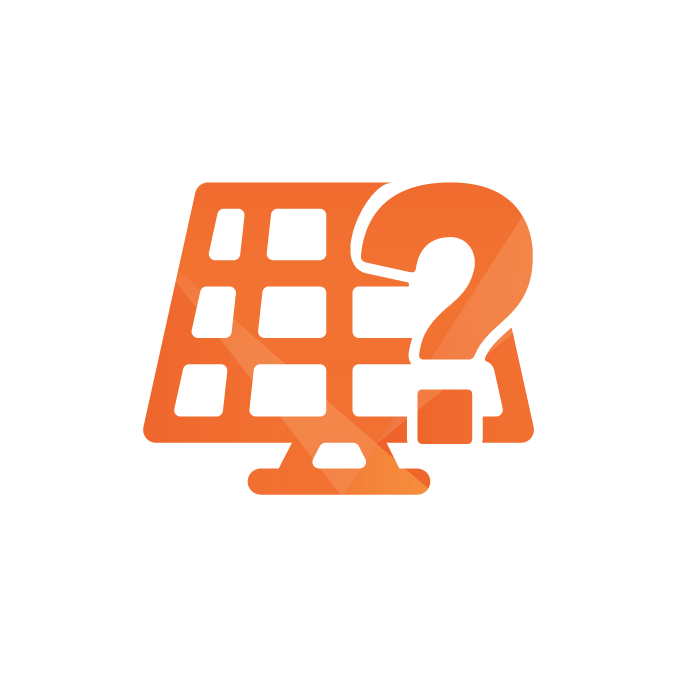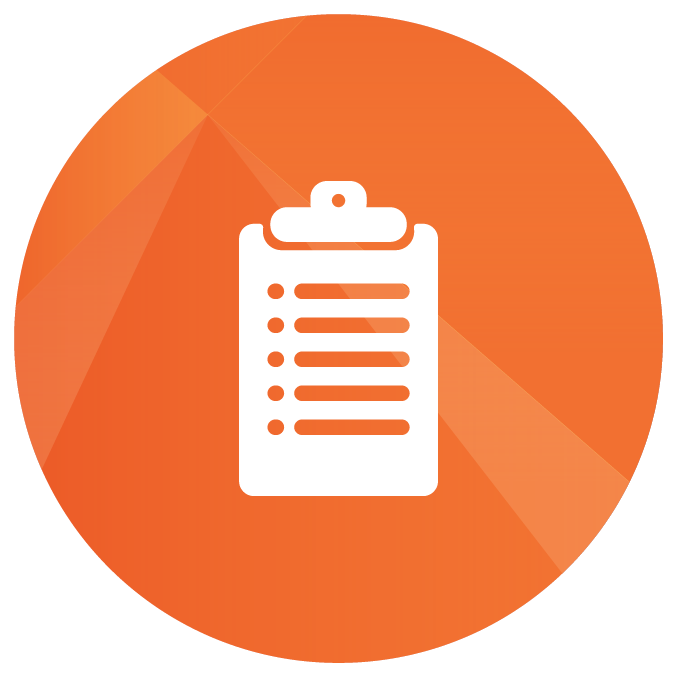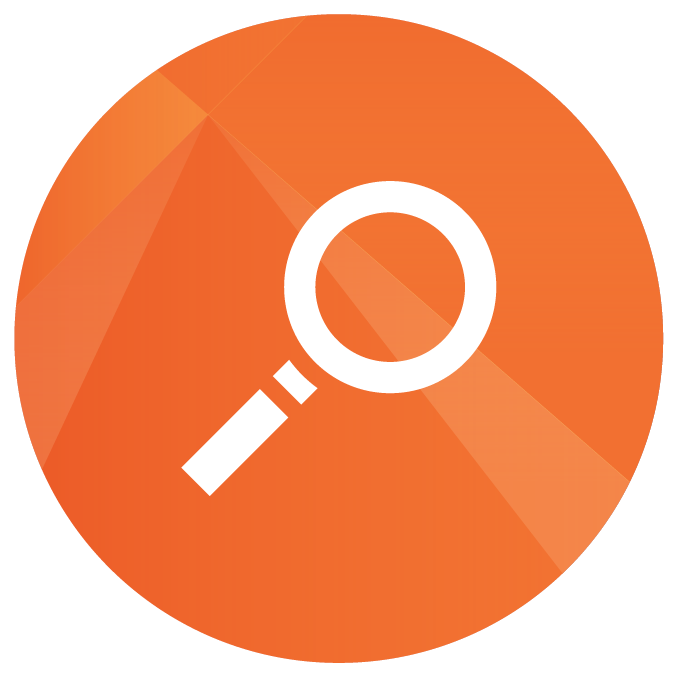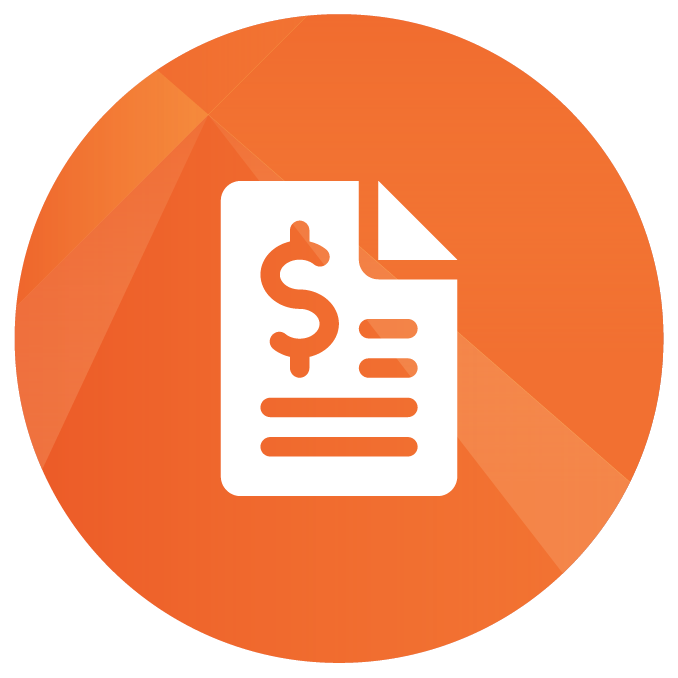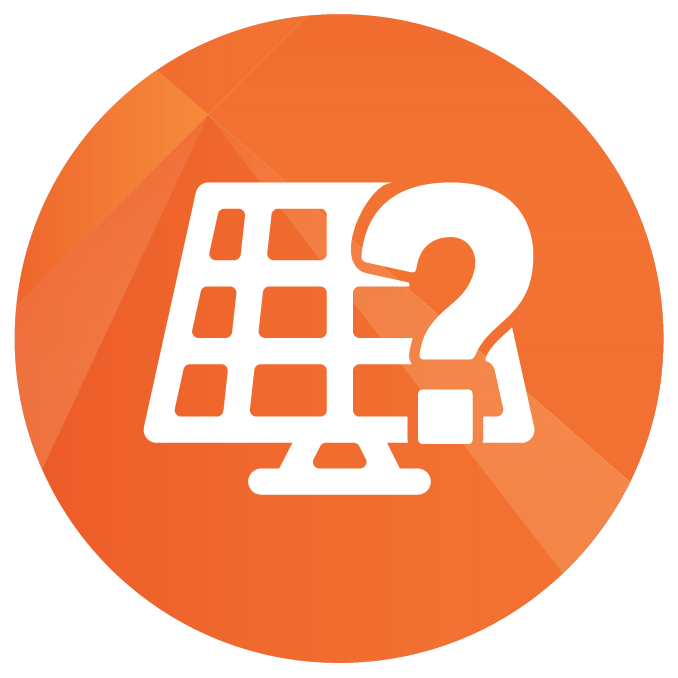Is Solar Right For You?
For maximum benefit, your solar system must be placed where it receives the greatest amount of sun exposure. South facing panels are ideal, followed by east then west. Avoid mounting panels in areas shaded by trees, buildings, chimneys or other obstructions. Shading can change seasonally as the sun’s path changes.
SECO is a partner for members who choose to invest their hard-earned dollars to purchase a solar system to reduce their utility-supplied power. That said, SECO is not a solar array manufacturer nor are we a solar installer.
For members who choose to invest in a solar array, we have a wealth of solar information on the Solar Power section on our website. Find out if solar is the right fit for your home, learn more about solar panels and inverters and view insurance requirements. View a sample bill for an interconnected solar member and review SECO’s net metering policy. We’ve also included links to help you choose a solar contractor, understand the timeline to interconnection, read FAQs and more.
SECO Energy also offers members an in-home solar assessment to help determine their home’s conduciveness to solar. An Energy Services Specialist will visit your home, review your consumption to help size your potential system and answer questions you may have about solar.
Request a solar assessment online.
SECO Energy will complete a solar assessment to help you determine if your home is suitable for solar. The assessment reviews previous energy usage at your location to assist you in sizing a solar array that will potentially reduce your utility-supplied power consumption. Also included in the assessment is information about panels, inverters, roof orientation, solar billing, net metering, insurance requirements, energy-efficiency suggestions, FAQs and more. Reach out to our Solar team today.
Florida is inundated with solar contractors. Choosing a reputable contractor can be a confusing process. The Florida Solar Energy Industries Association provides a list of solar contractors in your area.
SECO Energy recommends choosing a contractor who is licensed and insured. Visit Florida Department of Business and Professional Regulation to verify a contractor’s license.
Conduct thorough research about the contractor. Read the reviews posted on Google Reviews, the Better Business Bureau and Angie’s List. Visit the contractor’s website and read the reviews on their Facebook page. Ask your friends or neighbors for a recommendation or try your local NextDoor.com platform.
Choose at least three contractors to quote your solar project. The contractor should review your average utility consumption before sizing your solar system (number of panels). You can print copies or save PDFs of historical bills from SmartHub. The contractor should provide a detailed cost breakdown, return on investment, maintenance schedule and realistic figures on the amount of energy installed panels will produce.
Check your contractor’s math. If it sounds too good to be true, it probably is. Solar panels do not produce power during nighttime, during cloudy afternoon thunderstorms and chilly early mornings. Utility-supplied power from SECO stands ready during these times.
During a utility outage, interconnected solar systems without a battery back-up are inoperable. This is a necessary safety precaution to stop power backfeed from solar systems onto SECO facilities that could injure or kill utility workers.
Solar panels weigh three to five pounds per square foot. Ensure your roof can withstand the weight of all panels and supporting structures combined.
If your roof is covered with slate tiles or another specialized material, the installation of your panels will be more expensive as the installers will have to take more care not to damage your tiles.
If your roof is damaged or needs replacement, resolve before a solar system installation. If the roof has to be replaced later, the solar array must be removed and reinstalled.
Some warranties may be voided if the roof is altered – exercise caution.
Most solar installation companies warranty panels for 25 years producing at 80 to 85% efficiency. Panels are likely to last longer.
Per Energy.gov, the federal solar tax credit equals 30% of the installation cost of a solar system for arrays installed between 2022 and 2025. The tax credit is scheduled to end by December 31, 2025. SECO does not offer rebates for solar systems.
Florida law forbids any institution or homeowners’ association from prohibiting installation of solar panels. An association may require approval for the solar installation. Restrictions may apply but must be reasonable and uniform for all residents.
Depending on cloud density and solar panel type, your system may produce only 10 to 25% of their rated capacity. Panels do not produce electricity at night.
No, your solar system is inoperable during a power outage since it is interconnected with SECO’s system. This is a built-in safety feature. The use of a battery back-up system or a Sunny Boy Inverter is the exception.
Solar systems’ exposure to lightning-induced surges increases the potential for damage to your system and/or home. For this reason, SECO Energy recommends that members who own, or are contemplating the installation of a solar system, incorporate quality surge protection devices (SPDs) into the design. The number of SPDs required will depend upon the size, complexity, and specific technology of the solar system. Those with battery storage and/or backup generators require SPDs for each installed interface.
Key considerations when applying SPDs should include the protection of the software to the residence and the inverter from both the solar direct current (DC) input and the alternating current (AC) transfer switch plus all references/connections to the site’s ground should also be protected. The easiest, safest and most cost-effective way of doing this is to employ SPDs on the mounting back panel/plane used to hold the inverter/charger system. For installations utilizing micro-inverter technology, protect the AC connections to the electric distribution system. Note National Electric Code(s) requires all SPDs are ANSI/UL 1449 rated. Direct current (DC) SPDs for inverters, must be specifically labeled for that application. If you cannot confirm the SPDs meet these specifications, do not use the product.
Surge protection for solar systems will vary widely between designs and product types. Thus, you should consult your contractor when developing a surge protection plan.
Inverter choice is important. Inverters convert DC power produced by solar panels to the AC power used in your home or returned to the grid. There are three types of inverters:
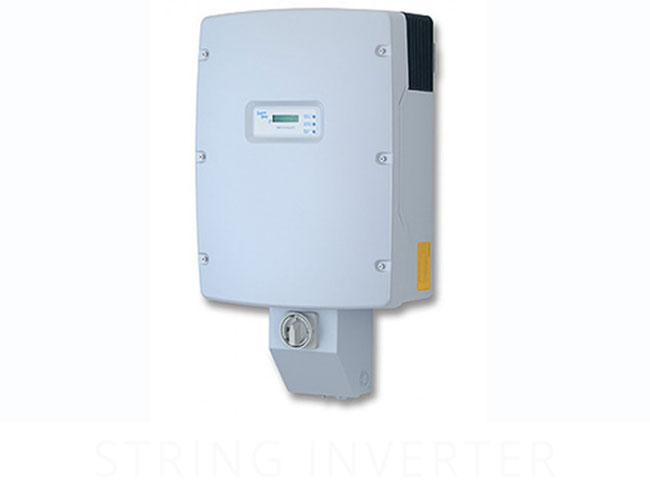
String or central inverters are the most common and the most cost-effective. Panels are arranged in a group called a “string” attached to a single inverter. Use string or central inverters only if no shade is present year-round, otherwise production is reduced.
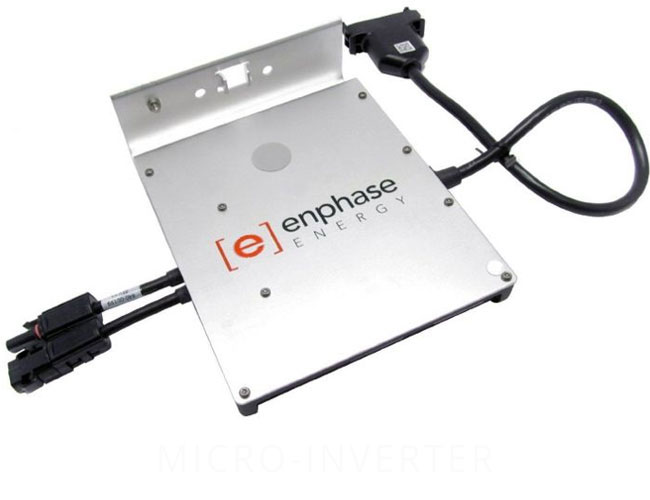
Micro-inverters are installed on each panel and DC to AC power is converted at each panel. All panels should operate at full capacity of conditions are optimal. Owners are able to monitor the production of each panel. This is a costly option as it requires the purchase of an inverter for each panel.
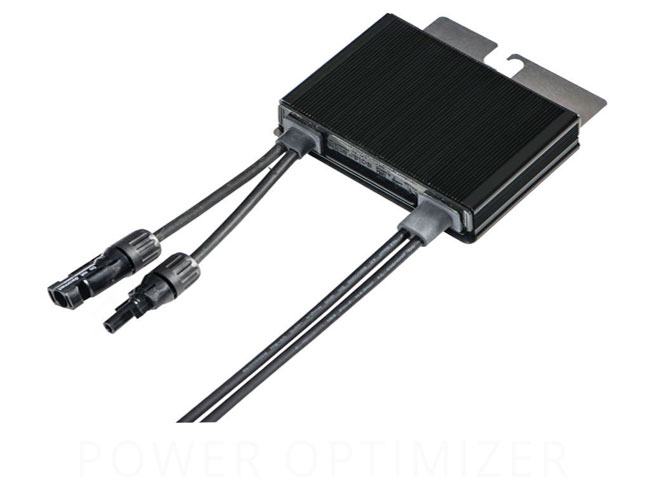
Power optimizers are less expensive than micro-inverters and are installed at each panel. Power optimizers do not convert DC to AC power at the panel. They send DC power to a single string inverter allowing for efficiency and monitoring.
Watt /wät/ – unit of power, equivalent to one joule per second
Kilowatt /ˈkiləˌwät/ – measure of 1,000 watts of electrical power
Kilowatt hour /kiləˌwät ˈou(ə)r/ – measure of energy equivalent to 1,000 watts for one hour
Do you want to install a solar system to reduce energy consumption? SECO will conduct a free in-home energy assessment to identify energy wasters. Request an appointment with a SECO Energy Services Specialist.




